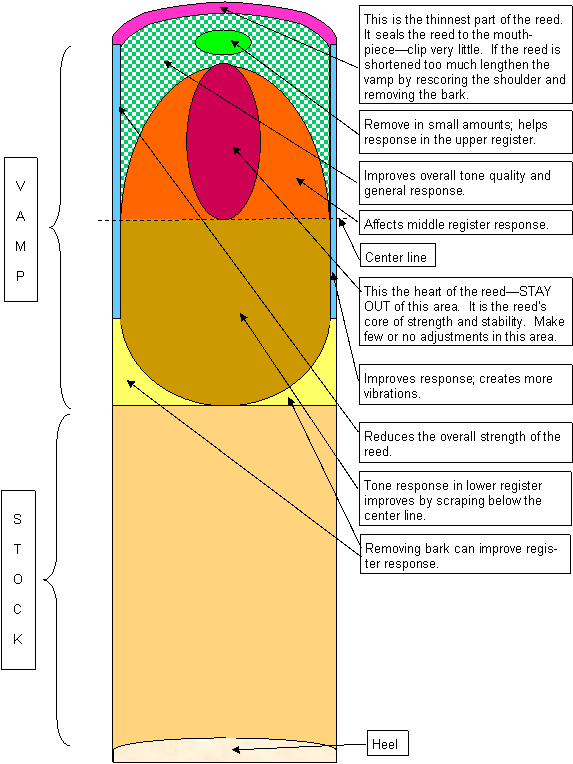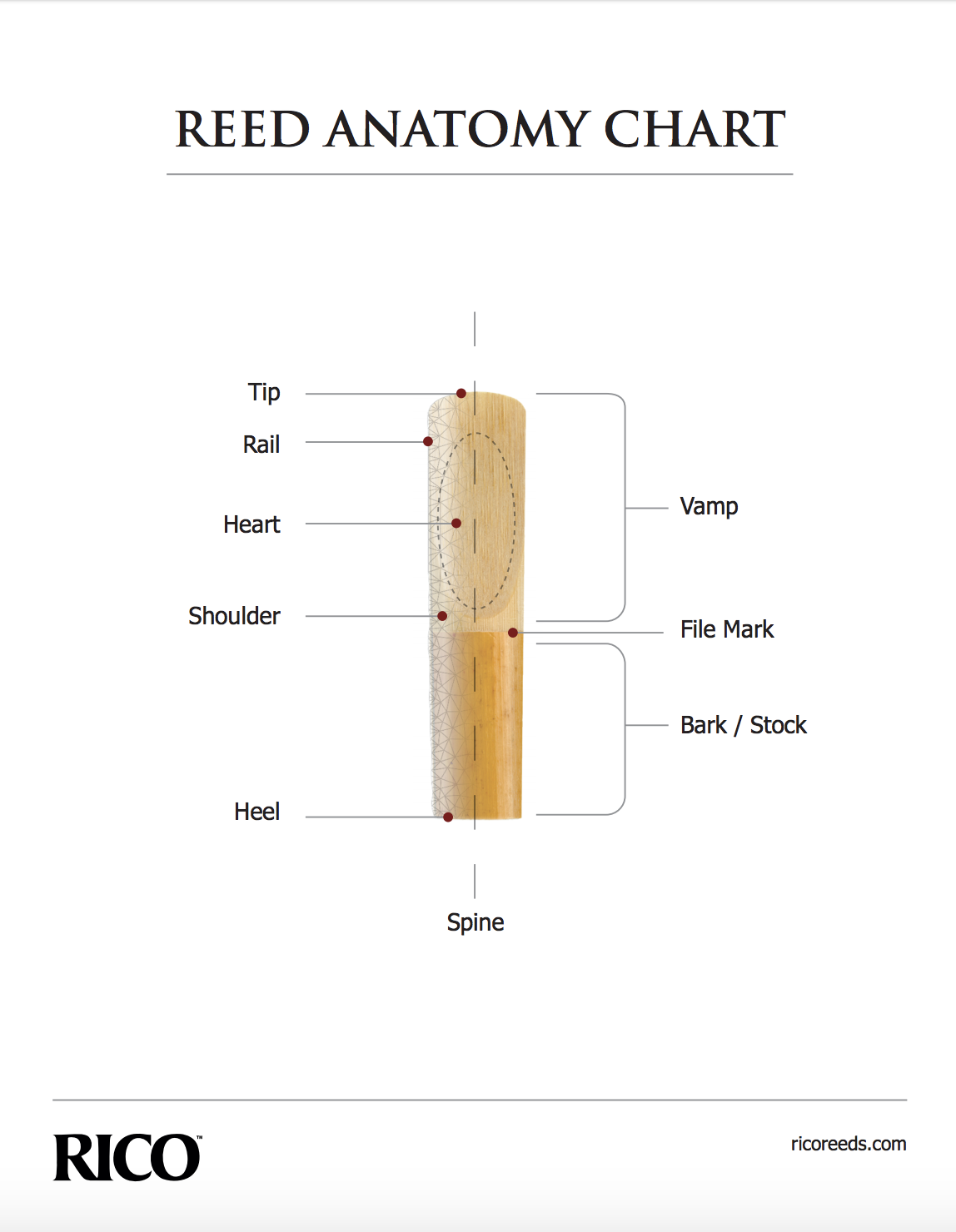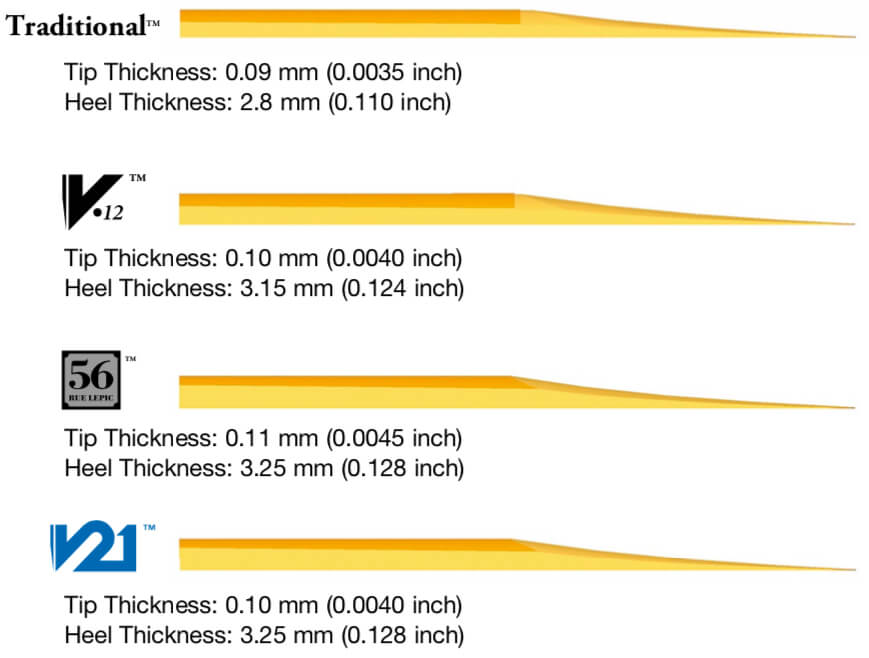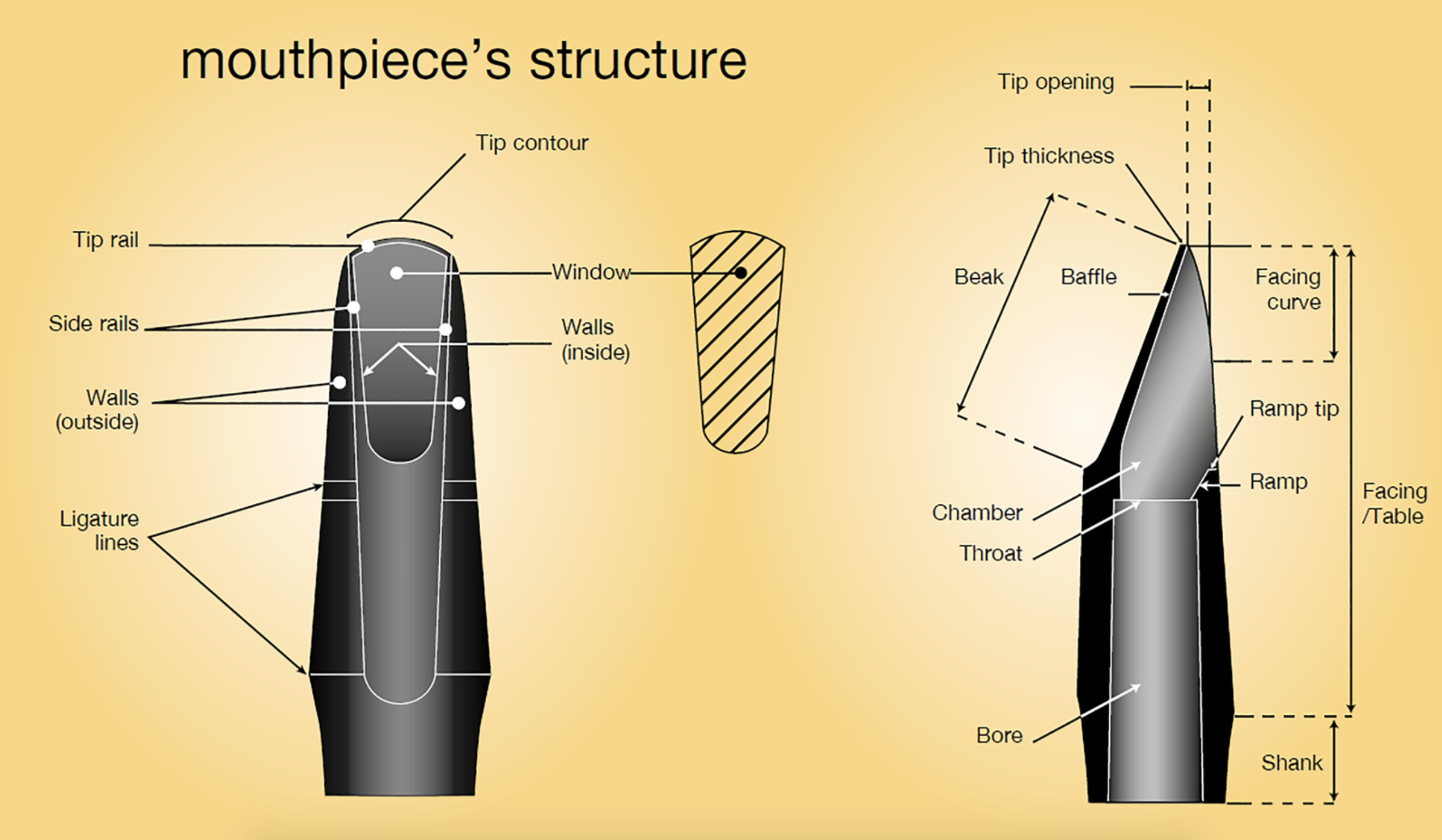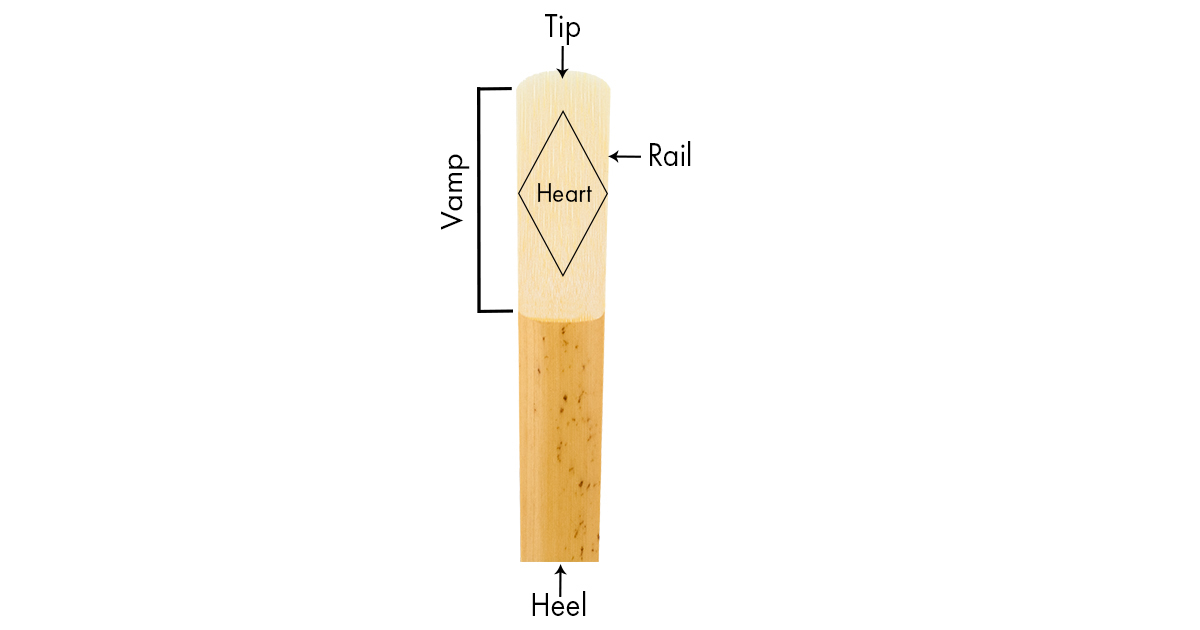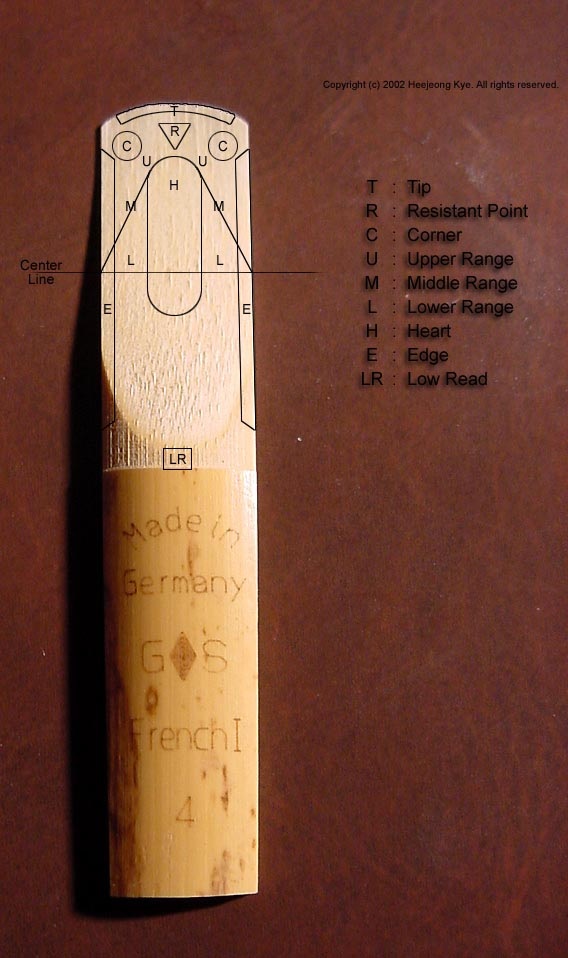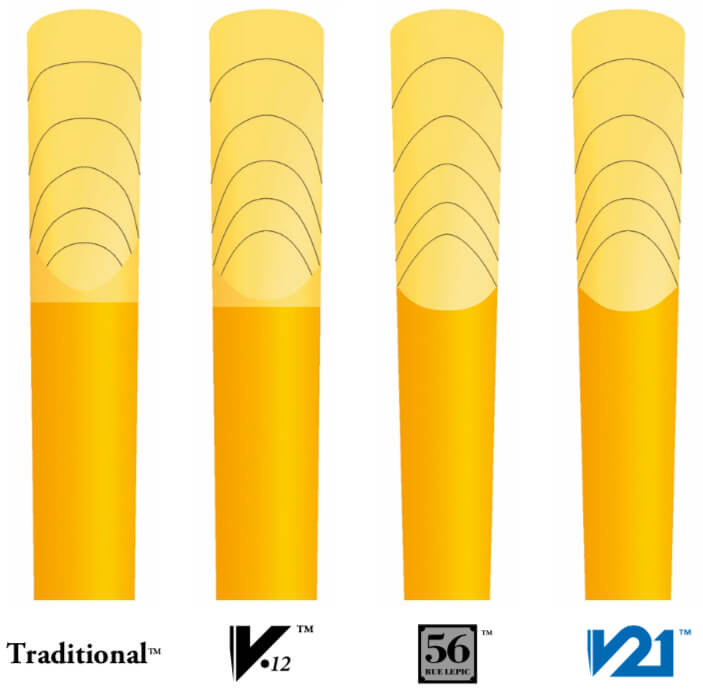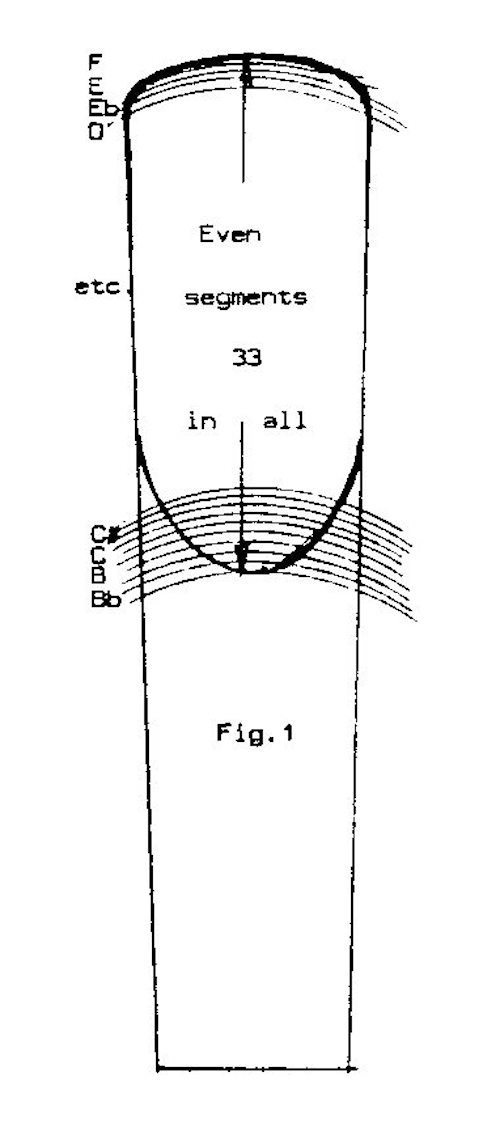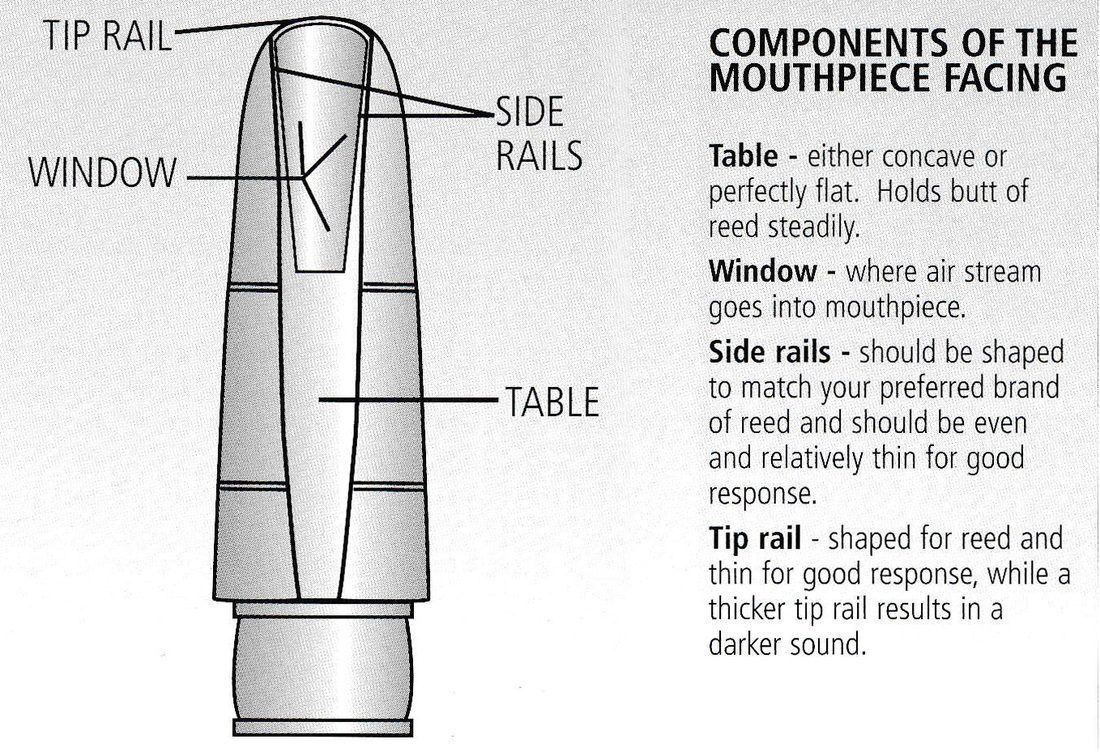Clarinet Reed Diagram

As illustrated in the diagram.
Clarinet reed diagram. While the clarinet is rooted in ancient single reed shepherds instruments played by the greeks the modern clarinet took shape in europe sometime in the 18th. A longer facing length requires a. A shorter facing length requires a softer reed. How to choose a reed for a clarinet.
3d diagram showing the comparative level curves of the 7 reed series. Diagram 1 visual reed characteristics it goes without saying that every reed cannot be made to play. Clarinet mouthpiece facings explained. The following diagram shows the visual characteristics of a single reed.
Each clarinet is a little piece of history. The mouthpiece with the reed here the tone is created. Reeds thinking out of the boxpdf. While every part of the clarinet has its own purpose in producing a good sound perhaps the most important piece is the two and a half inch long wafer thin piece of cane called the reed.
The more pointed the arch the thicker the spine and heart and conversely the thinner the side bevels. A more open tip requires a softer reed. Regarding the facing length. Care and storage of clarinet reeds the playing life of a commercial reed can vary from one or.
All points on the same level curve have the same thickness. A clarinet cannot play unless you have a reed which is held onto the mouthpiece by the ligature. The mouthpiece is usually made of hard rubber ebonite plastic glass or crystal sometimes of metal. This article contains information about the clarinet how to play the clarinetfingering diagram for the clarinet.
Reeds adjusting and more reed diagram img0004pdf. Equipment for adjusting and making reedspdf. The instrument and its five parts. All clarinets consist of five major parts.
The clarinet is a family of woodwind instrumentsit has a single reed mouthpiece a straight cylindrical tube with an almost cylindrical bore and a flared bella person who plays a clarinet is called a clarinetist sometimes spelled clarinettist. This is the yamaha corporation musical instrument guide website. The reed vibrates at a very high speed changes with each note but remains at a high rate no matter what when the player blows through the clarinet which in turn makes sound. A closer tip requires a harder reed.
Thoughts on reed sealing and warpingpdf. While the similarity in sound between the earliest clarinets and the trumpet may hold a clue to its name other factors may have been involved.


